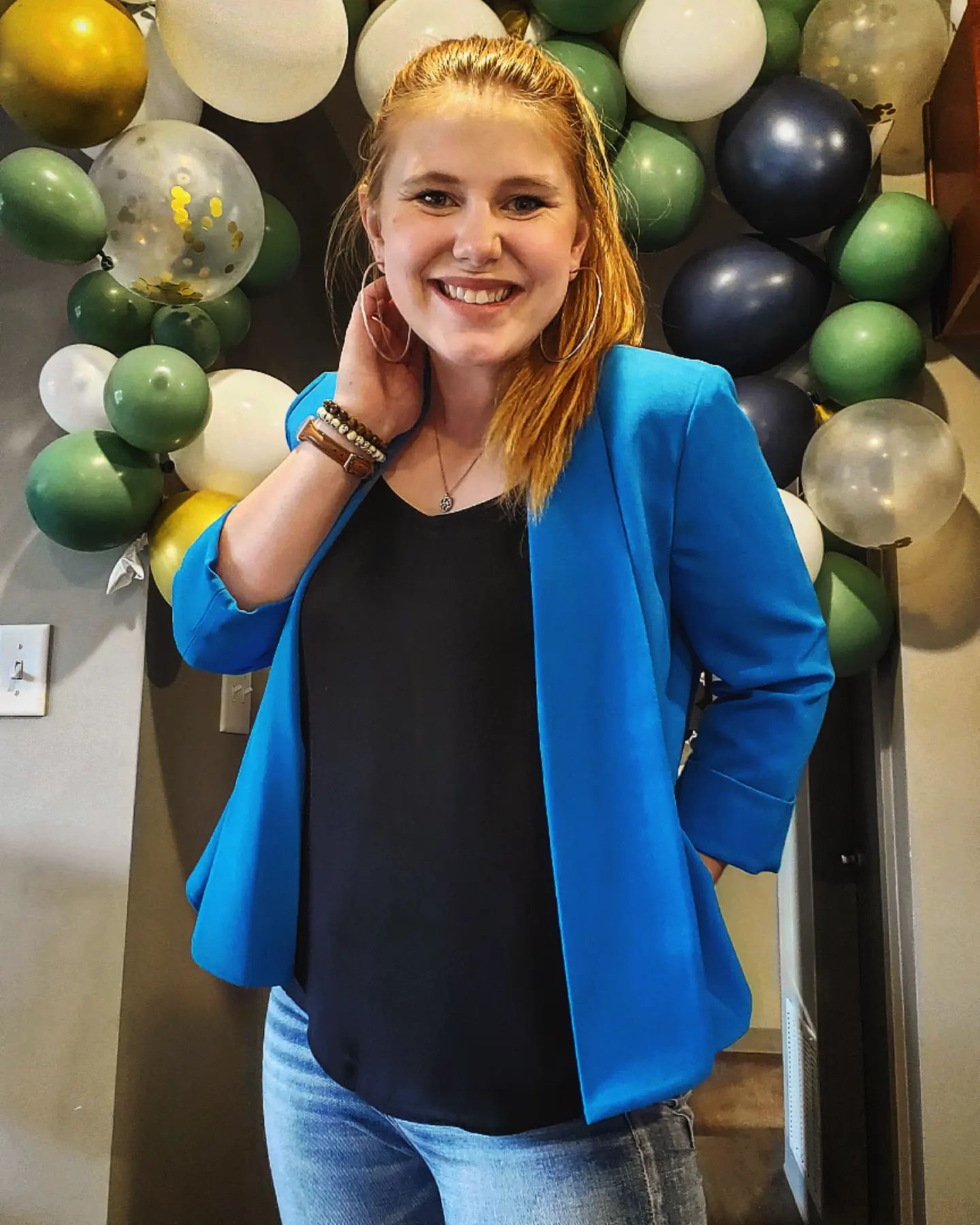Immunoengineering
(J-375) Comparing PEGylated and Glycosylated Polyplexes for mRNA Delivery
- KK
Kendall Kelly
Student
University of Mississippi
Columbus, Mississippi, United States 
Emily Rasmussen (she/her/hers)
Graduate Student, Research Assistant
University of Mississippi
Oxford, Mississippi, United States- OS
Oluwaseyi Shofolawe-Bakare
Graduate Research Assistant
University of Mississippi, United States - AS
Adam E. Smith
Associate Professor
University of Mississippi, United States 
Thomas A. Werfel
Assistant Professor
University of Mississippi, United States
Presenting Author(s)
Co-Author(s)
Primary Investigator(s)
Last Author(s)
Materials and Methods::
First, a block of p(DMAEMA-co-BMA) was synthesized via RAFT polymerization. This was then chain extended with either PEGMA or pMAG. Polymers were characterized via nuclear magnetic resonance (NMR), gel permeation chromatography (GPC), and scanning electron microscopy (SEM). Polyplexes were formed upon complexation of mRNA, and characterized via dynamic light scattering (DLS). DLS was further utilized to examine the stability of the polyplexes after lyophilization. Serum stability of polymers was analyzed through incubation with fetal bovine serum and gel electrophoresis. The ability of the polymers to induce endosomal escape was verified via a hemolytic assay. Further, cytotoxicity, transfection, and cellular uptake were performed with DC 2.4 cells.
Results, Conclusions, and Discussions::
Results: Characterization of the polymers illustrated a diblock comprised of 60% DMAEMA and 40% BMA. Upon chain extension with PMAG or PEGMA, polymer size increased by 11 kDa and the GPC yielded a unimodal peak. Polyplex complexation with mRNA was verified using gel electrophoresis, and DLS. Upon resuspension of lyophilized polyplexes, the diameter was slightly larger for the glycosylated polymers whereas the PEGylated polymers increased in diameter significantly. The glycosylated polymer was less stable in serum than its PEGylated counterpart. When the polymers were incubated with red blood cells, they accomplished membrane lysis at lower pHs. Cytotoxicity level of the polymers was determined and used as a maximum dose for further cell studies. Based on previous results, we suspect uptake and transfection will be higher with the glycosylated polyplexes.
Discussion: The synthesis scheme yields a repeatable, unimodal polymers capable of complexing mRNA to form polyplexes. Glycosylation potentially confers cryo-stability on the polyplexes, a feature not possible with PEGylated polyplexes. Synthesizing the polymer with a larger MAG block may impart greater serum and cryo-stability. The diblock functions well to lyse membranes at endosomal pH, a necessary component to deliver mRNA to the cytosol. Both polyplexes proved to be able to deliver a necessary amount of mRNA to the cells without being toxic.
Conclusion: Herein, we demonstrate a glycosylated polymer capable of complexing mRNA and delivering to dendritic cells. Further work will fine-tune the polymer for optimal uptake and transfection efficiency. This technology offers a promising alternative to PEGylated vaccines and their limitations.
Acknowledgements (Optional): :
I would like to thank the NSF Grant CAREER 2141666 and the NSF ENG/EEC 2148764 for funding this research, UM NIEC CORE, Dr. Werfel for his mentorship, and the Interdisciplinary NanoBioSciences Lab Members.
References (Optional): :
Üzgün, S, et al. Pharmaceutical Research, vol. 28, no. 9, 2011, pp. 2223–2232.
Cao, Y, et al. EClinicalMedicine, vol. 32, 2021, p. 100746.
De Mel, J, et al. “Molecular Pharmaceutics, vol. 19, no. 12, 2022, pp. 4705–4716.
